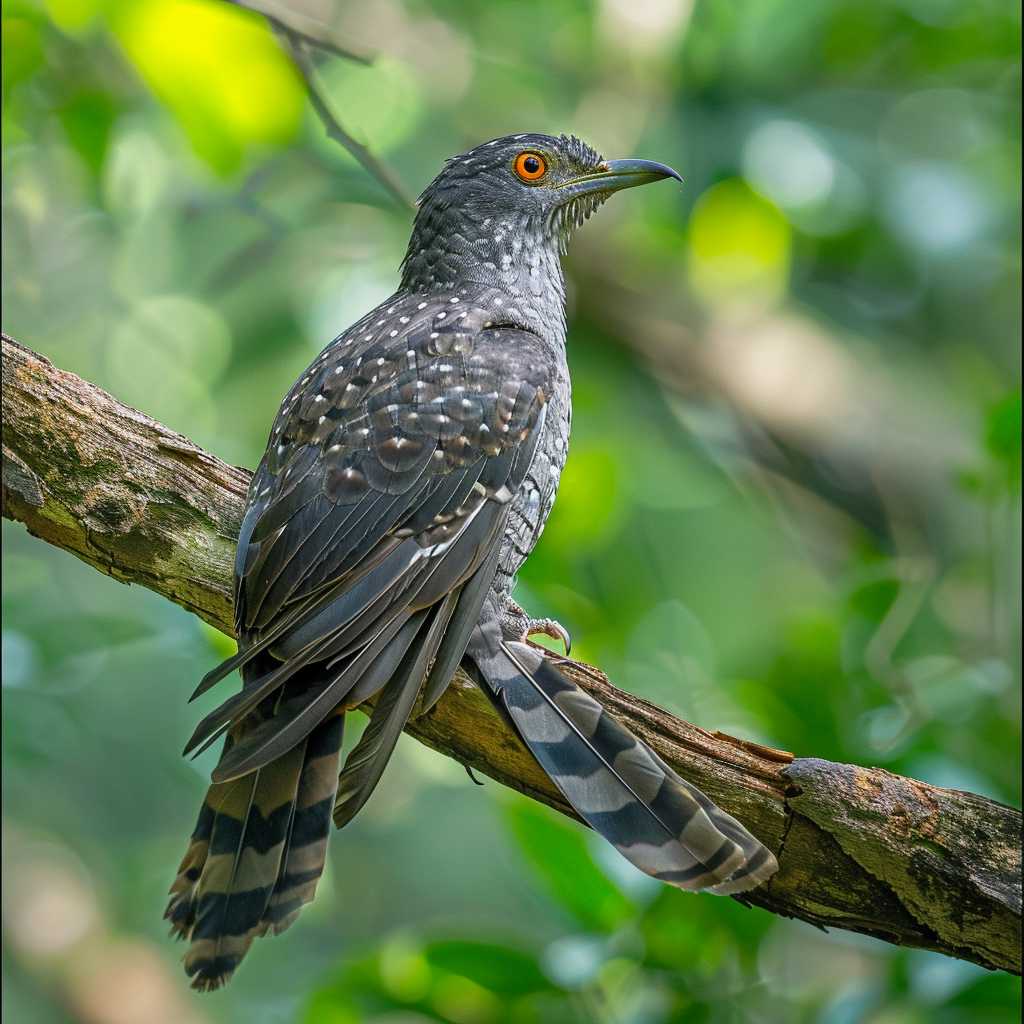Understanding the Cuckoo Bird: A Comprehensive Overview
The cuckoo is a bird that belongs to the Cuculidae family, which is known for species that demonstrate a fascinating behavioral characteristic known as brood parasitism. This elaborate behavior, along with other interesting aspects of the cuckoo’s biology and cultural significance, has piqued the curiosity of avid birdwatchers, scientists, and the general populace alike. This detailed article aims to shed light on various facets of the cuckoo’s life, from its intriguing nesting habits and its role in ecosystems, to its representation in human culture and mythology.
The Biology and Species Variance of Cuckoos
Cuckoos are birds with moderate sexual dimorphism, with males and females often having distinct differences in plumage. While being famous for their distinctive vocalizations which have been translated into the familiar “cuck-oo” sound from which they derive their name, cuckoos are diverse with around 140 species classified under the family Cuculidae.
In terms of physical appearance, size can vary markedly depending on the species. They may range from the small Little Bronze Cuckoo, measuring around 15 centimeters long, up to the larger Channel-billed Cuckoo, stretching almost 70 centimeters. Their coloration is equally varied from camouflaged greys and browns to vibrant yellows and greens.
Cuckoos’ Nesting Behavior: Brood Parasitism Explained
Possibly the most well-known characteristic of many cuckoo species is their practice of brood parasitism. This reproductive strategy involves laying their eggs in the nests of other bird species, often at the expense of the host bird’s own offspring.
There are different strategies within brood parasitism. Some cuckoos lay eggs that mimic the appearance of their host’s eggs, reducing their chances of being rejected. Once the cuckoo chick hatches, it may exhibit instinctual behaviors such as pushing out host eggs or nestlings from the nest to monopolize resources provided by unsuspecting parent birds. This remarkable survival strategy highlights a co-evolutionary arms race where host birds develop strategies to detect cuckoo eggs, resulting in cuckoos developing even more sophisticated mimicking skills.
Migratory Patterns and Habitat
Apart from their breeding habits, cuckoos are also known for their migration patterns. Many species that breed in temperate zones are long-distance migrants to tropical regions during winter seasons to exploit seasonal feeding opportunities.
Cuckoos inhabit a variety of habitats including woodlands, savannas, marshlands, and more. They adapt quite flexibly to their environment; however, land-use changes such as deforestation can impact their populations and migration paths.
Role in Ecosystems
Cuckoos play a significant role in ecosystems as both predators and prey. By consuming vast amounts of insects like caterpillars and larval forms of butterflies and moths – some of which may be considered pests – they help control insect populations. Nonetheless, they can also be seen as threats by smaller bird species due to their parasitic nesting practices.
The Cultural Significance of Cuckoos
The cuckoo has made a profound impact on human culture across different societies. In Europe especially, the cuckoo’s call is considered a harbinger of spring. The animal has also made its ways into vernacular through phrases such as ‘cuckoo in the nest,’ which refers metaphorically to an intruder.
